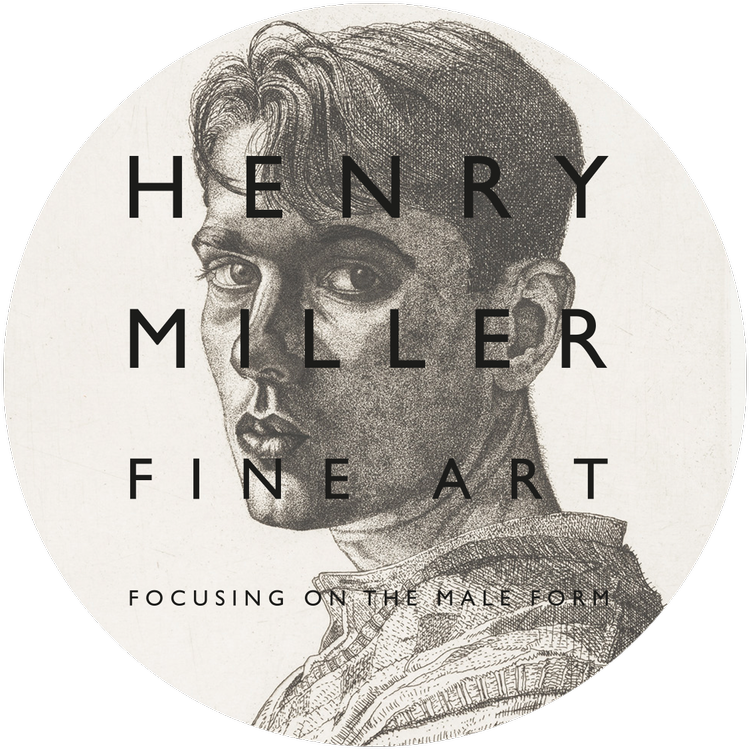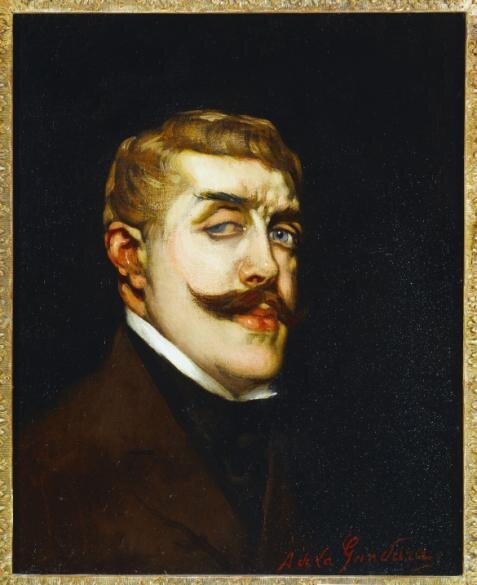Despite their meteoric success in 1940s, by the early 1950s, their work was out of fashion with the rise of abstraction,and their life became increasingly tumultuous. Some notable commissions were received, such as set and costume designs for the Sadler's Wells Ballet at Covent Garden and King Lear at Stratford-upon-Avon, but by the mid 1950s, the couple were hardly painting at all.
Having been forced to leave their studio in London, the pair moved to a variety of addresses, usually staying with friends until their hospitality ran out. Always short on money, letters to friends and patrons would often end with requests for financial support. Drink certainly played its part, and perhaps was the cause of their downward spiral.
A momentary respite came in 1957 with a major exhibition of Colquhoun's work at the Whitechapel Art Gallery, however, he would be dead only four years later at the age of 47. A penniless MacBryde then moved to Dublin, living off money given to him by friends, until, in 1966, he was run over and killed by a car, whilst dancing in the street outside a pub, aged 53.
Since their deaths, in later years, they have rightfully been recognised as two of the most influential artists of their generation, rather than simply as fixtures in the bohemian London post-war art scene. A major exhibition of their work, 'The Two Roberts: Colquhoun and MacBryde' was held at the Scottish National Gallery of Modern Art in 2015.
For further reading about the artists, see The Two Roberts: Colquhoun and MacBryde, by Patrick Elliott, Adrian Clark and Davy Brown (2014). The National Galleries of Scotland also produced a short video to accompany the exhibtion which is available to view on YouTube here
The best place to see their works online is via the ArtUK.org website.. for Colquhoun click here and for MacBryde click here
The portrait in my collection is from a time before the couple came to London. This sensitive pencil drawing, captures an intimate and tender moment, one partner drawing the other, before their extraordinary trajectory to the heights of the London art scene and beyond. There are two other recorded drawings of MacBryde by Colquhoun; one is at the National Portrait Gallery, London, the other in the Scottish National Portrait Gallery, Edinburgh. The attribution of MacBryde as the sitter has been recently confirmed by the Senior Curator of the Scottish National Gallery of Modern Art and is recorded in the Heinz Library, National Portrait Gallery, London.
If you would like any further information about the drawing, please do not hesitate to contact Henry by phone or email.

























































